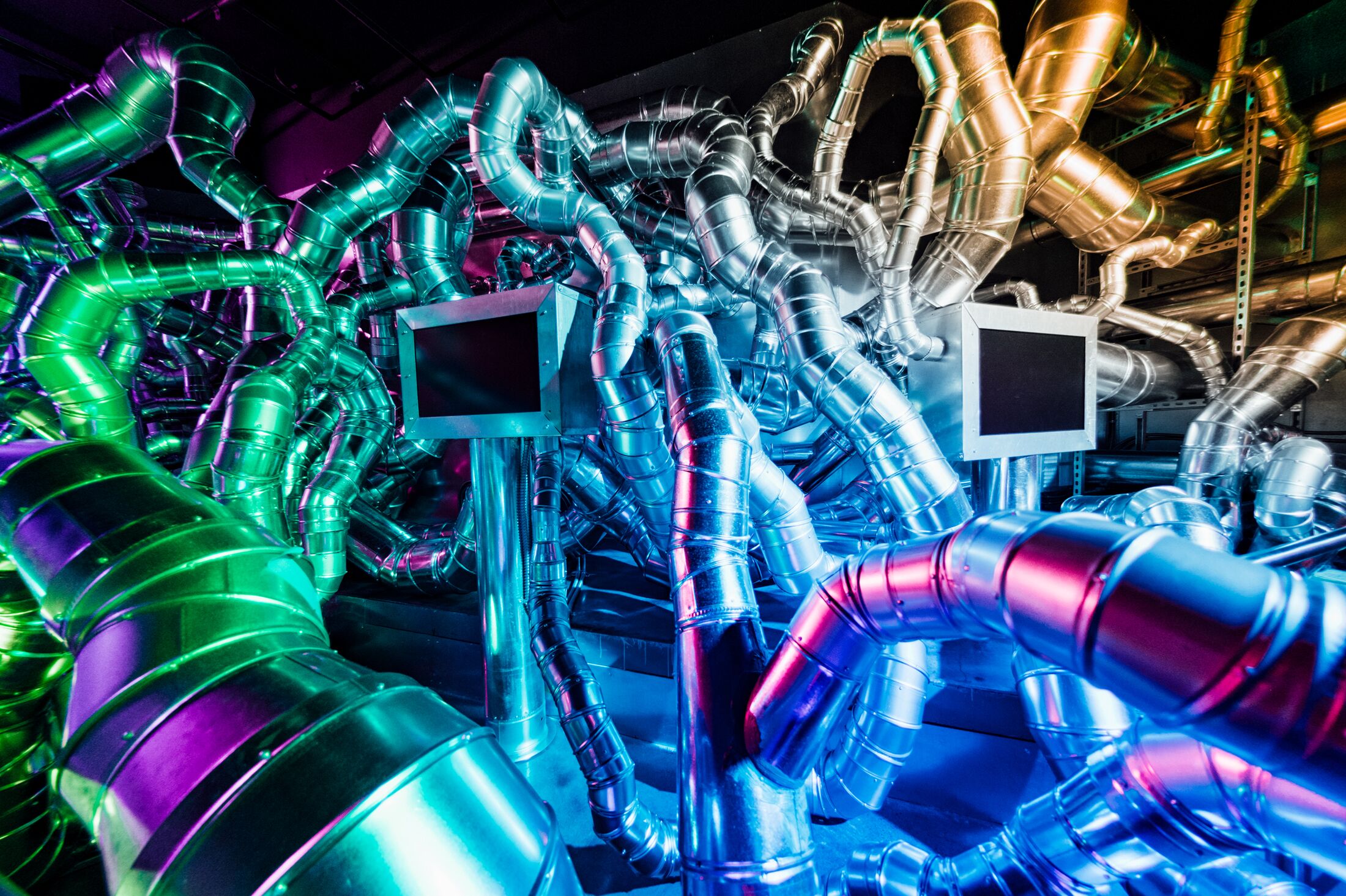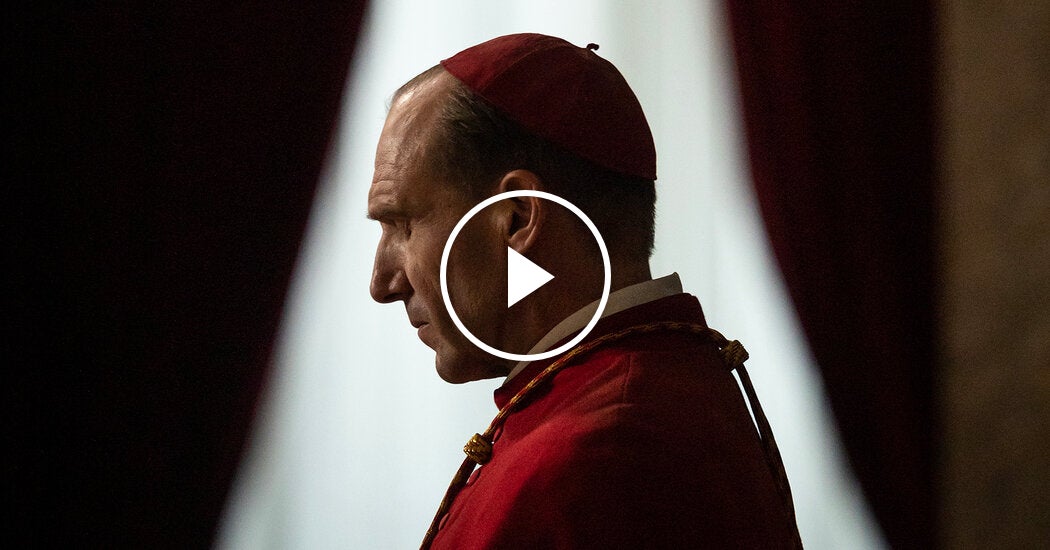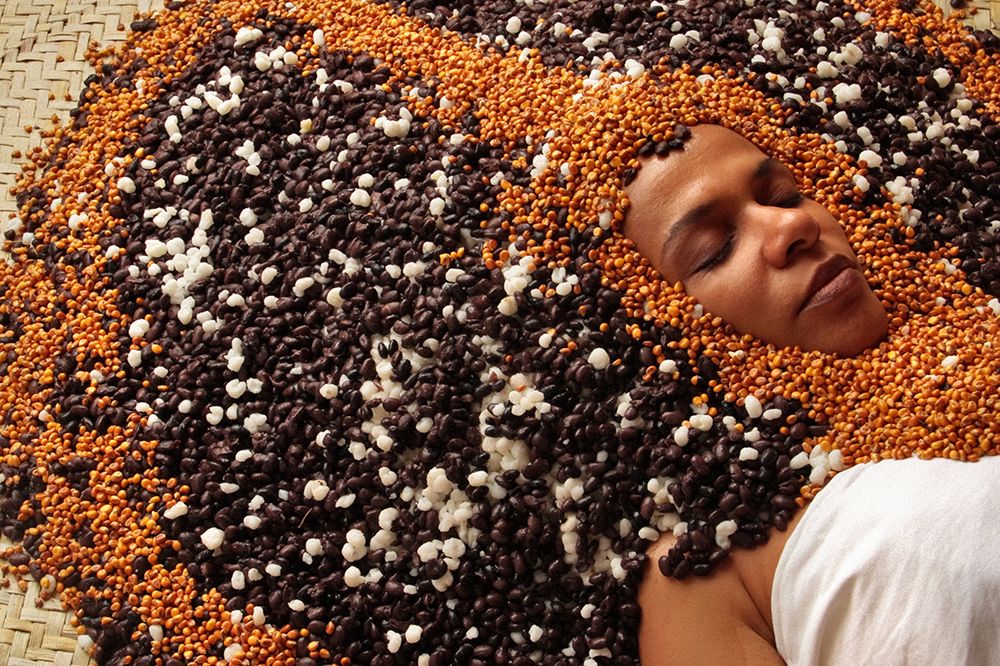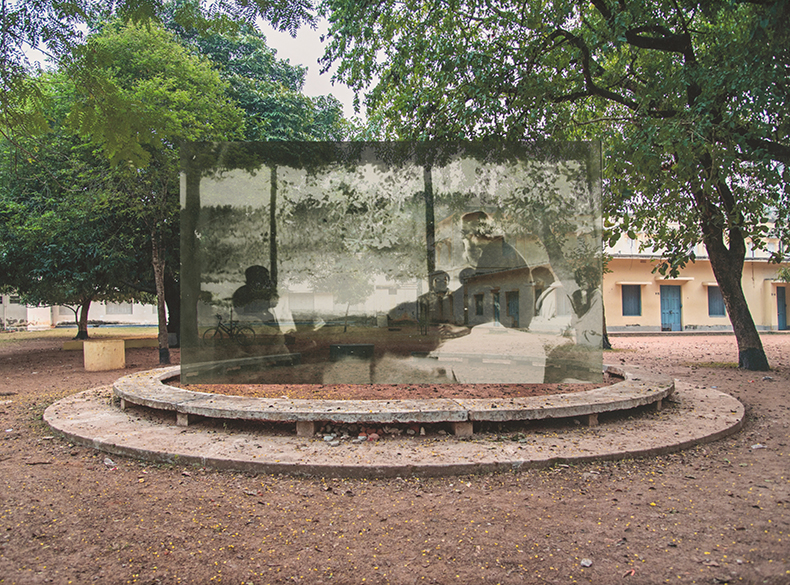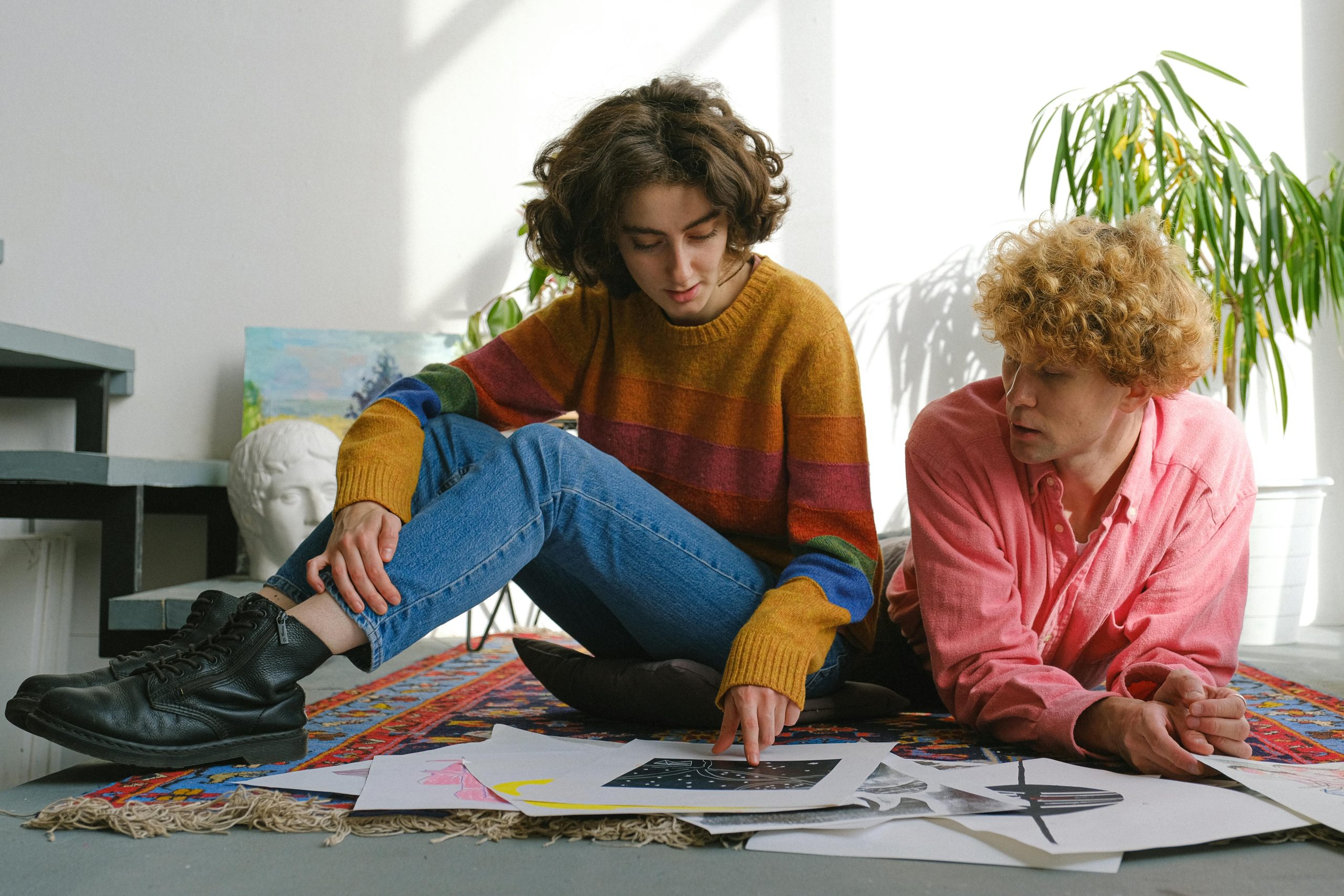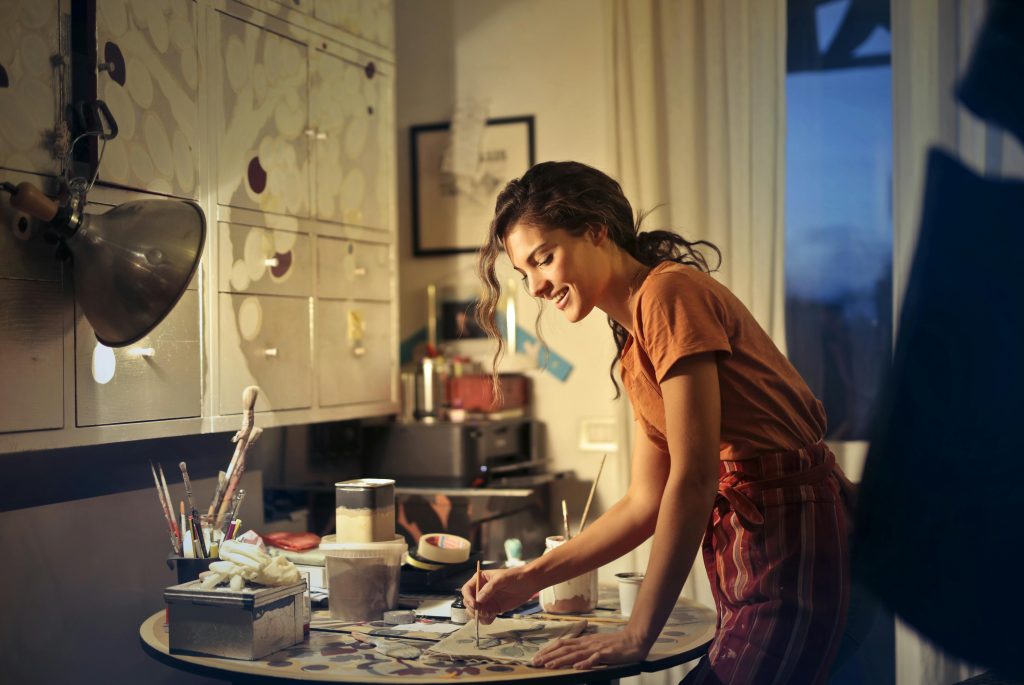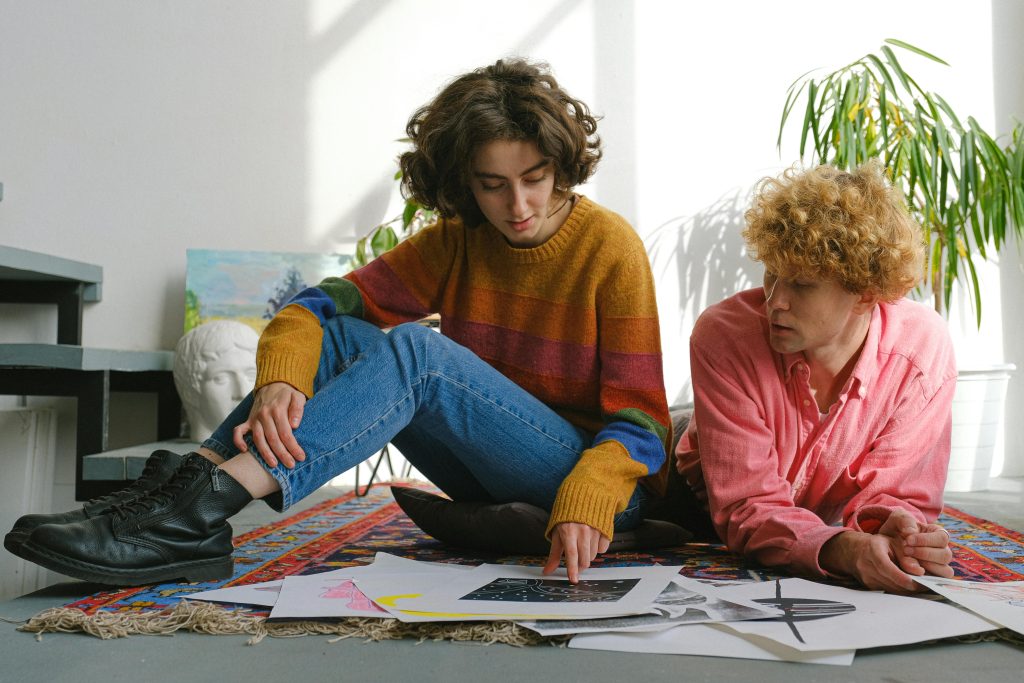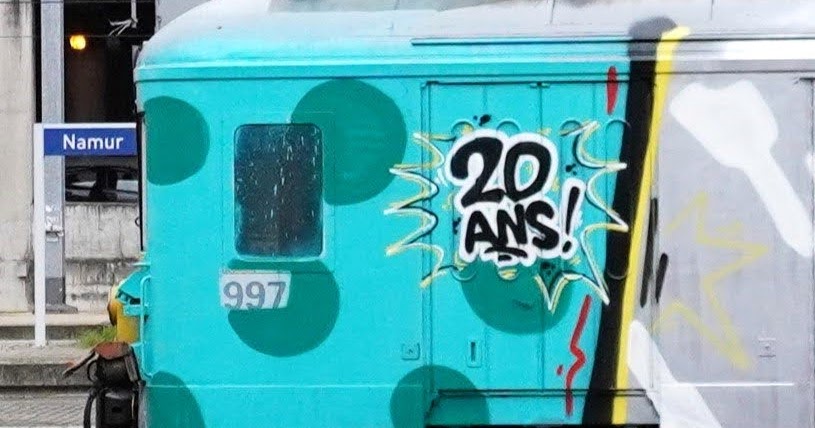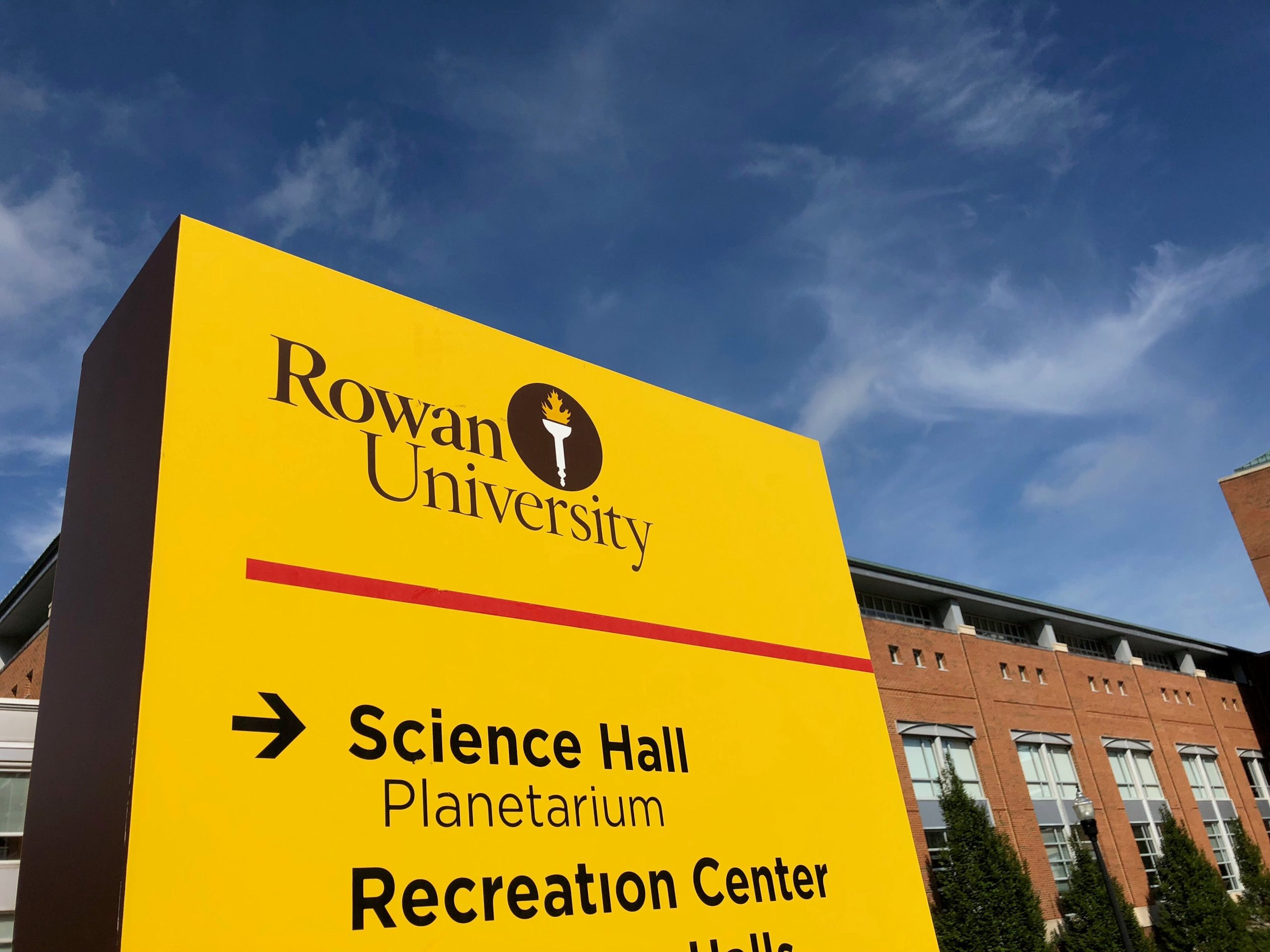‘We Venture Off Into the Unknown’
[ad_1]
Meow Wolf lovers, set your dials to Radio Tave. The art and entertainment company’s latest outpost has touched down in Houston, Texas, and it’s an art-filled, interdimensional adventure through time, space… and community radio.
Opening on Halloween, Radio Tave is the fifth permanent exhibition from Meow Wolf, which tapped into the zeitgeist for immersive art when it opened its interactive, photo-friendly House of Eternal Return in Santa Fe in 2016.
Soon, investors were rolling in, and the offbeat art collective was morphing into a serious company. There were growing pains along the way—a lawsuit from a contributing artist, layoffs during the pandemic (and again earlier this year), a successful unionization effort, and the untimely death of cofounder Matt King.
But Meow Wolf’s expansion has brought its experiential, otherworldly magic to Las Vegas (Omega Mart, 2021), Denver (Convergence Station, 2022), Dallas Grapevine (the Real Unreal, 2023), and now Houston, with a Los Angeles opening planned for 2026.
The entrance to Meow Wolf Radio Tave in Houston. Photo by Arturo Olmos, courtesy of Meow Wolf.
Over the next year, CEO Jose Tolosa told me that the company is projecting a total of 3 million visitors across all five sites—not too shabby for what was once a band of lovable weirdos that famously chose its nonsense name from a pair of random words drawn from a hat.
Tickets start at $40, but you can also buy a new “Portal Pass” for unlimited visits for a year for $84, as well as discounts for food, drinks, and merchandise, and exclusive content on the new Meow Wolf app. (“You’re going to get a lot of very special privileges,” Tolosa said.)
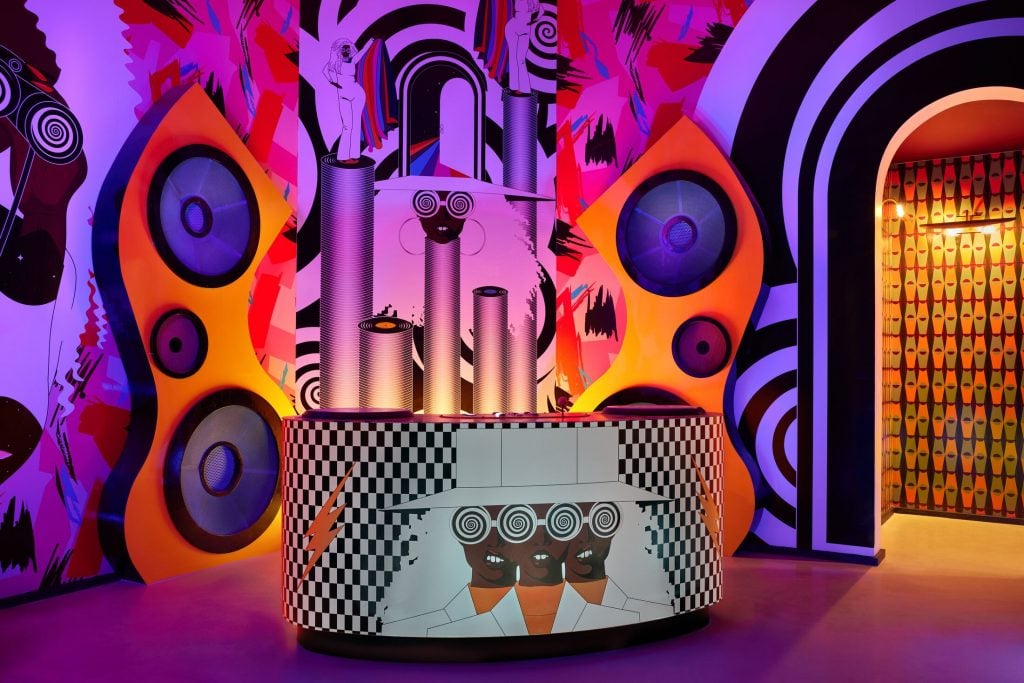
Janell Langford’s Obsidiodyssey installation at Meow Wolf Radio Tave. Photo by Tarick Foteh.
If you don’t know what the deal with Meow Wolf is, it’s all about the unseen, strange, and fantastical lurking just beyond our frame of vision—until these alternate dimensions suddenly converge on our otherwise humdrum reality. It’s a place where artists can run wild, adding their own personal touch to a high-tech art playground that can’t help inspire a sense of whimsy and wonder in its viewers.
In Houston, the jumping-off point is a humble community radio station, with visitors entering the dated-looking Little Thicket, Texas, headquarters of Radio ETNL. (It’s inspired by KMRD, a thriving community radio station in the 250-person town of Madrid, New Mexico.)
But it soon becomes clear that the station has become unmoored from our familiar universe. You’re only in the space for a moments before things start to get weird.
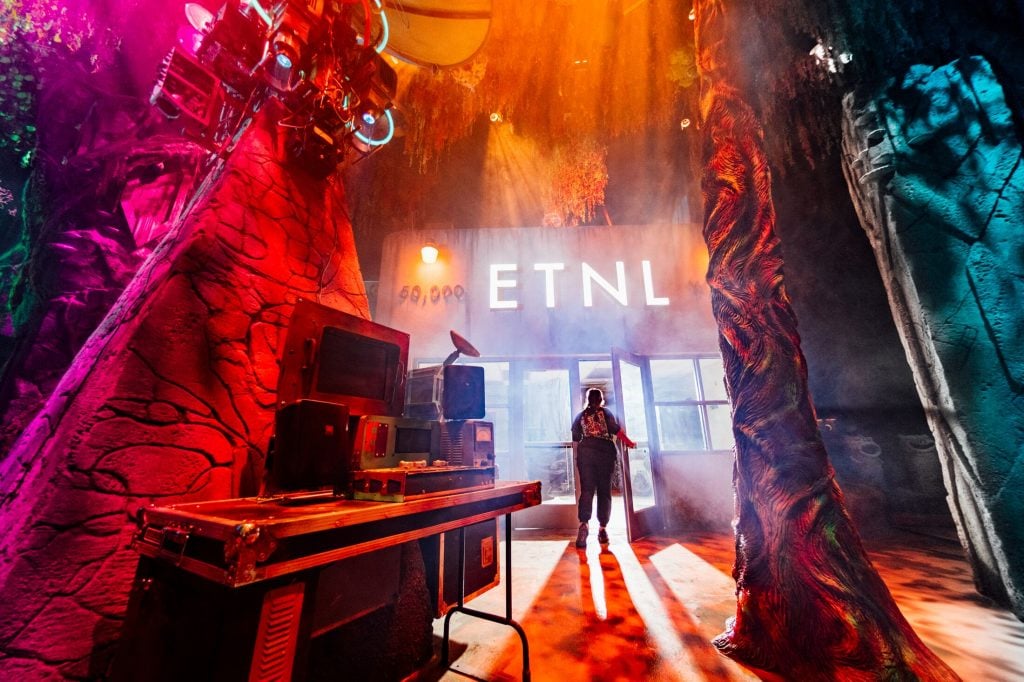
The entrance to Radio ETNL at Meow Wolf Radio Tave in Houston. Photo by Arturo Olmos, courtesy of Meow Wolf.
“This is our known before we venture off into the unknown,” senior creative producer Susie Cowan told me at the Radio Tave press preview.
Opening filing cabinets can reveal strange monsters. There are signs warning staff that no one is really sure what’s going on inside the all-gender bathroom anymore. The floor tiles in the break room seem to be warping before your eyes, and opening the refrigerator reveals an office hallway, utterly nondescript—save for the fact that it shouldn’t be there at all.
“The fridge is such a great metaphor. You open something familiar, and there is something so unexpected that can lead you in any direction,” Sarah Bradley, a senior creative director, said.
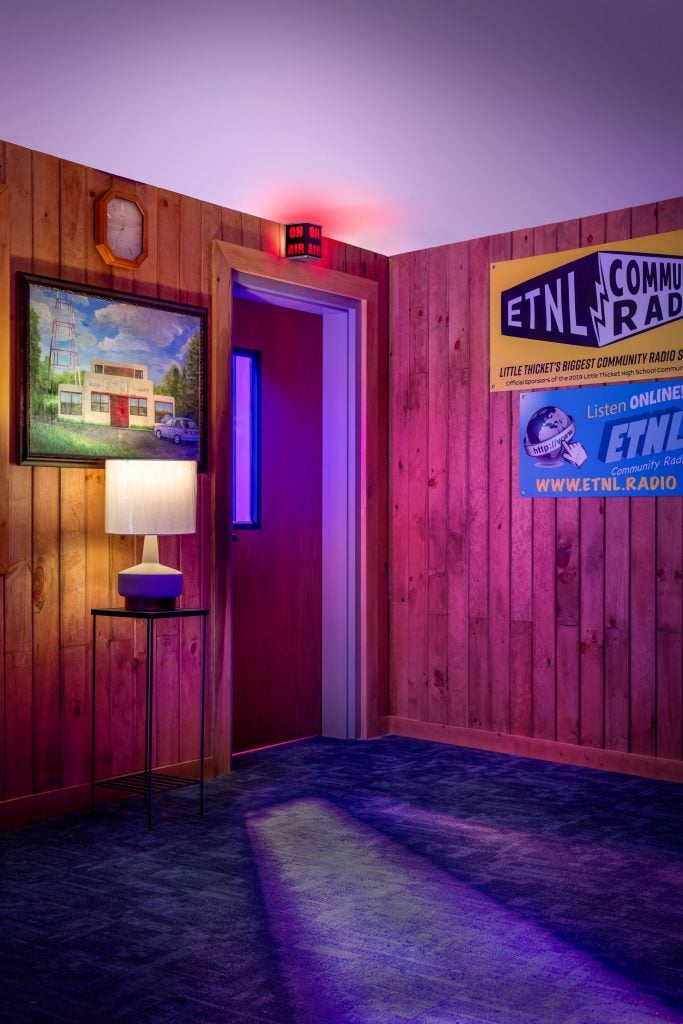
Radio ETNL at Meow Wolf Radio Tave in Houston. Photo by Tarick Foteh, courtesy of Meow Wolf.
And then there’s the radio broadcast itself, playing throughout the offices, which gets stranger the longer you listen. Eventually, the lights start to flicker as a strange transmission comes in over the airwaves, signaling the collision of parallel worlds. The radio DJs, it is revealed, have become “tavers,” short for travelers between universes, untapping our latent ability to access these hidden portals.
Radio Tave is set to be the anchor tenant in a new mixed-use development from the Deal Co., a Houston real estate company, at the former Moncrief-Lenoir Manufacturing sheet metal factory in the city’s Fifth Ward.
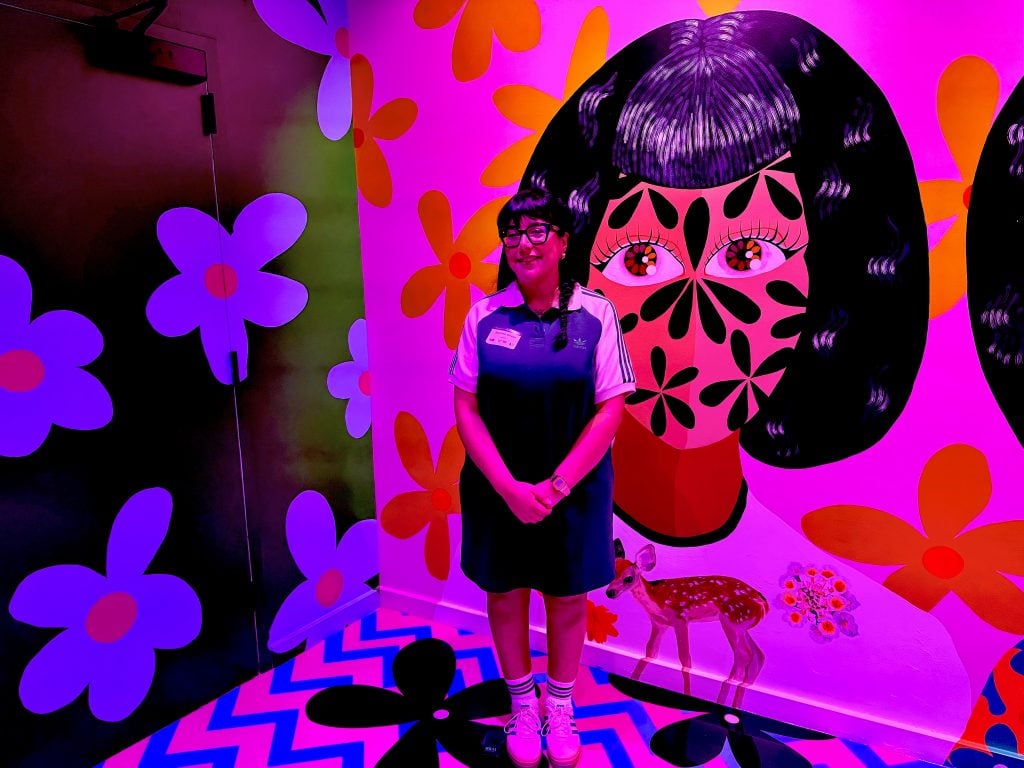
Jasmine Zelaya with her art installation at Meow Wolf Radio Tave. Photo by Sarah Cascone.
Meow Wolf has utterly transformed its portion of the historic space, with a soaring two-story entry lined with artist murals leading to a faux stained glass window of the Little Thicket radio tower. A darkened hallway, offering a moment of sensory calm before the storm, leads you from there inside the experience.
There’s also Meow Wolf’s first in-universe restaurant, a queer take on the southern dive bar called Cowboix Hevvven conceived by longtime Meow Wolf artist Cole Bee Wilson. A touching tribute to King with rainbow angel wings sits at the counter, getting a drink from the proprietor, who Wilson described as “Ancient Demi god of blood and fire who has retired to run this bar.”
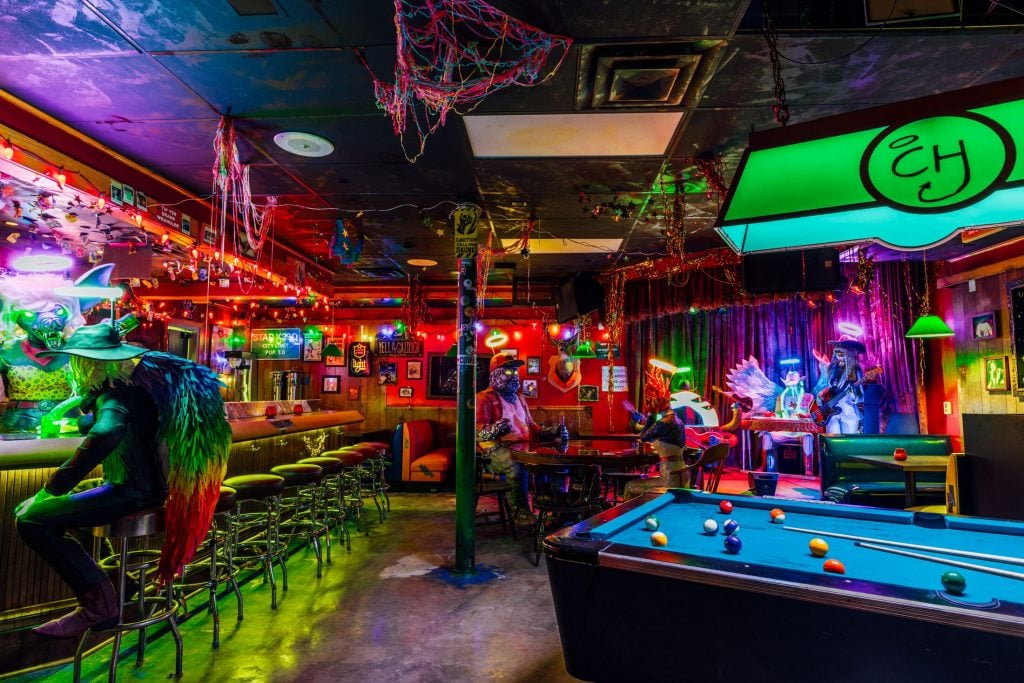
Cowboix Hevvven at Meow Wolf Radio Tave in Houston. Photo by Arturo Olmos, courtesy of Meow Wolf.
By this point, Meow Wolf has definitely established a formula, with familiar beats that recur across different locations.
The fridge portal is a classic, originally from the OG Santa Fe exhibition, as is the Gloquarium, a black-lit coral forest originally conceived by King that has sprouted up in one of the radio station offices. There is a central performance venue with a stage, and a balcony level ringed with colorful murals by different artists. And every Meow Wolf I’ve been to has had a city street, seemingly plucked out of some dystopian sci-fi film, and a mysterious forest.
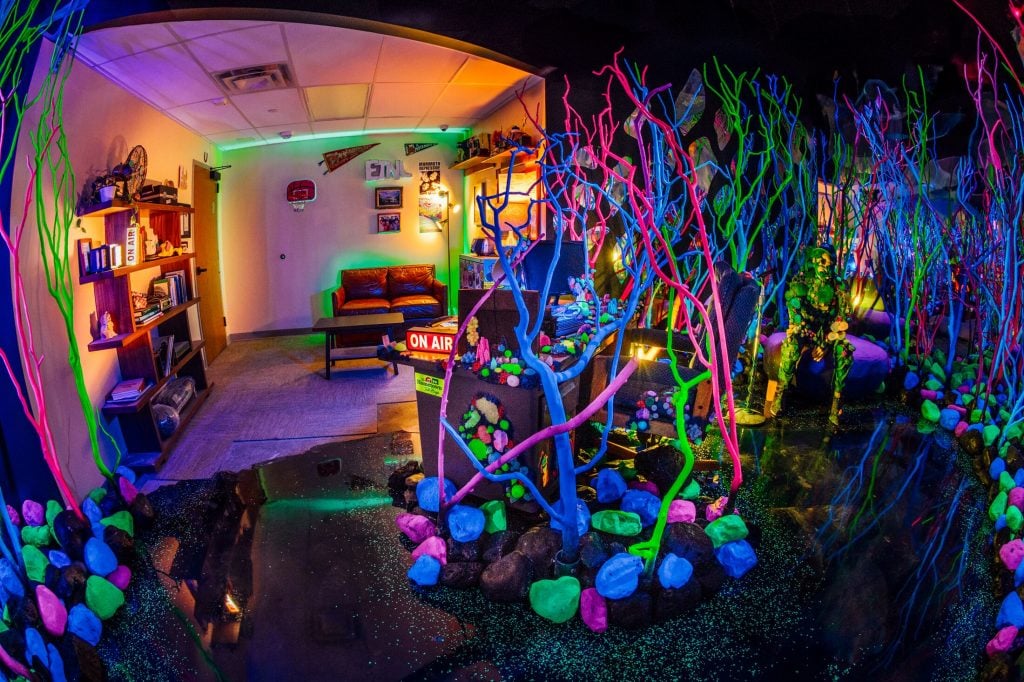
An office at Radio ETNL merges with the Gloquarium at Radio ETNL at Meow Wolf Radio Tave in Houston. Photo by Arturo Olmos, courtesy of Meow Wolf.
Increasingly, there are also little Easter eggs sprinkled about tying together the disparate locations, like Radio ETNL reporting about the Zalg harvest—an Omega Mart product—in its “multiversal farm report.” (The audio is a huge part of the experience throughout, with instruments visitors can play to add to the underlying musical score, and dynamic layers of sound generated by software that change cued to the lighting and other effects.)
But what makes each subsequent location unique is Meow Wolf’s commitment to working with local artists and incorporating their work into the maximalist display. There are 50 Houston artists, including the well-known Trenton Doyle Hancock, who shows with New York’s James Cohan gallery.
To tap directly into the Houston artist community, Meow Wolf hired local graffiti pioneer Mario Enrique Figueroa Jr., or GONZO247, as he is known, to serve as the project’s artist liaison.
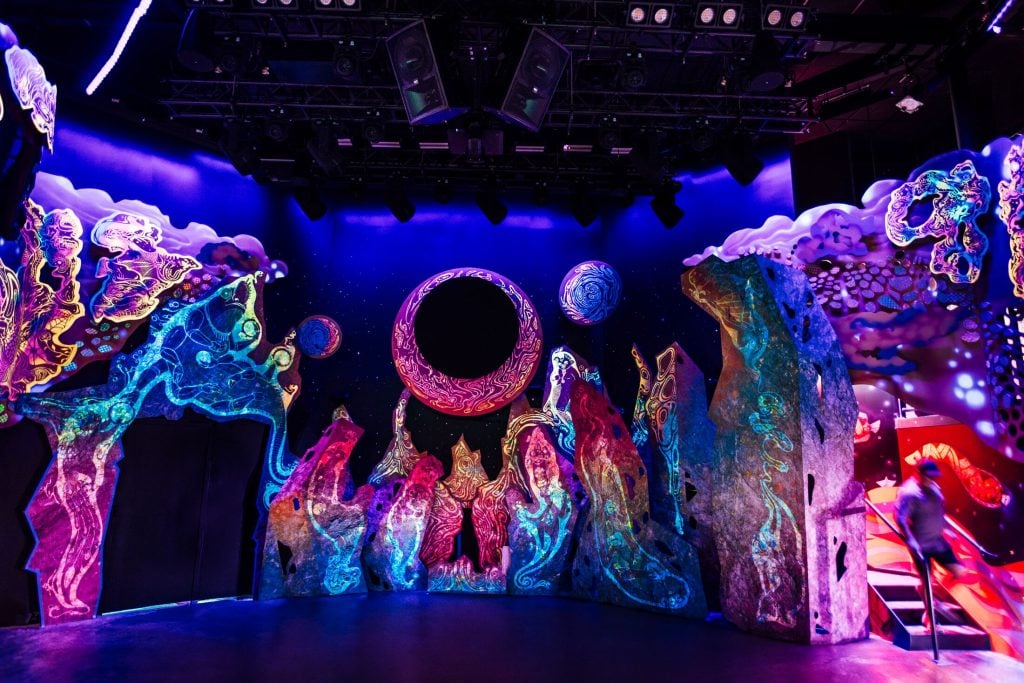
The performance venue at Meow Wolf Radio Tave in Houston. Photo by Arturo Olmos, courtesy of Meow Wolf.
I met with GONZO at Luckie’s Pocket, a historic 1918 schoolhouse named after Black educator Charles W. Luckie, which he is in the process of transforming into a nonprofit art center celebrating the history of street art in Houston. That includes the “Wall of Fame” in the backyard, which in the early 1990s, thanks to GONZO, became the city’s first legal graffiti wall.
“When you walk through Meow Wolf, you’ll get a really good sense of representation of what Houston is—the homegrown people who were born and raised here, but also so many people who have come from other cities, other states, and other countries to make a life here,” he told me.
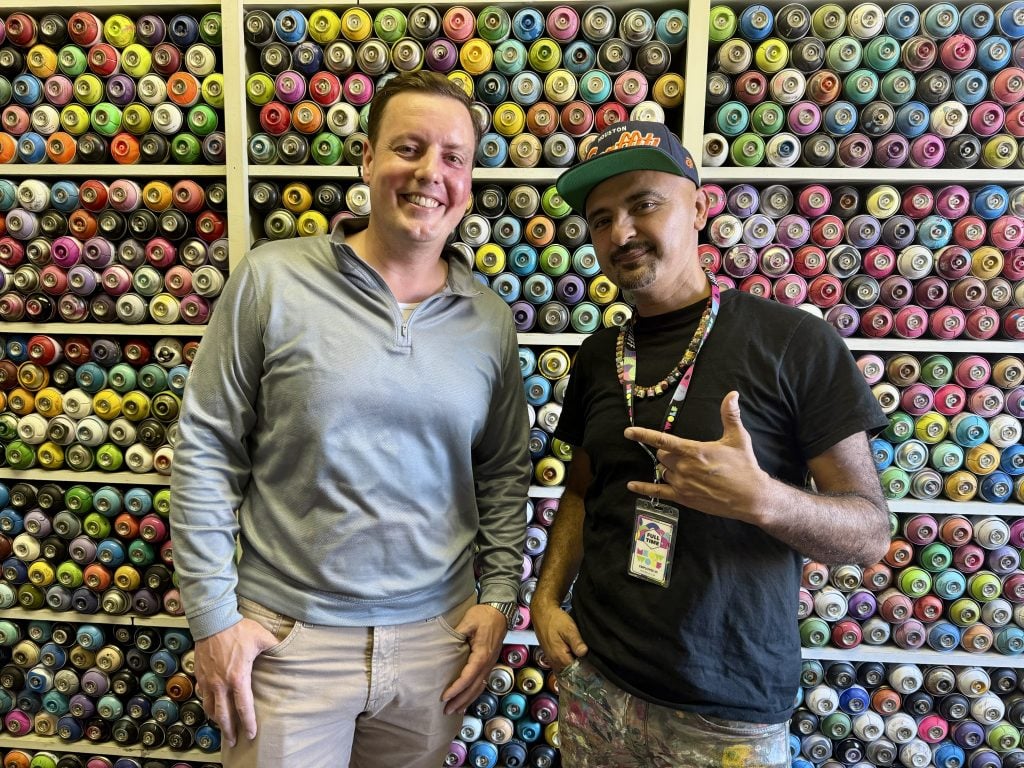
Garrett Clayton and Mario Enrique Figueroa Jr., or GONZO247, at Luckie’s Pocket, a nonprofit art center they are opening at a historic Houston schoolhouse. Photo by Sarah Cascone.
GONZO’s role didn’t officially involve making any art for Radio Tave, but in the end he couldn’t help himself from sneaking tags onto some of the blank spaces between different installations.
“I came in overnight and just kind of did my thing,” he said. “The next day they were like, ‘I think we got vandalized! What is that?’ That’s the feel I want!”
I also did a studio visit with Falon Mihalic, a landscape architect who runs her own design firm and has done permanent public art installations in Miami and Houston.

Falon Mihalic, a Houston artist who created an installation titled Abandoned Garden for Meow Wolf Radio Tave in her studio space. Photo by Sarah Cascone.
Her Abandoned Garden piece at Meow Wolf is Mihalic’s first major indoor project, incorporating painting, porcelain ceramics fired with colorful glazes, and photographs of native Houston plants. It’s inspired by all the major storms she survived during her childhood in the Florida panhandle, an imagined ecology that was flooded and forgotten.
“The garden persists,” Mihalic said. “Even after whatever climate events are in our future, the landscape will still be here.”
To install the work, the Meow Wolf team suggested a two-part epoxy it often relies on for safety reasons, because it is fire-rated. But for Mihalic, the material was an exciting for creative reasons: “It’s a new thing in my tool box! You can make ceramics combine with other stuff, and you can pigment it and texture it,” she said.

Patrick Renner with an interactive art installation he is building in Houston. Photo by Sarah Cascone.
Creating a piece for Meow Wolf can not only open new avenues of exploration for artists. It introduces them to new audiences, and potentially new career opportunities, sculptor Patrick Renner pointed out as he walked me through an in-progress site-specific art installation he was building using salvaged wood.
The piece, titled Groundswell, is set to open next month in an informal gallery space in the lower level of the home of his friend, artist Michael Sean Kirby. Now here I was, a New York art journalist coming to see it. (The work will be an undulating platform that fills an entire room, and people will be able to walk across it.)

These interactive sculptures at Meow Wolf Radio Tave play musical tones when you touch them. Photo by Tarick Foteh, courtesy of Meow Wolf.
Renner’s Meow Wolf project, Sync Whole, is quite different: a small chamber with glass vitrines lining the walls, filled with layers of geological strata. The artist turned to his stash of found materials, thinking the installation, which weighs a whopping three tons, would be a good opportunity to clear out various odds and ends from the studio.
“I ended up finding new things, so I basically broke even,” Renner admitted.
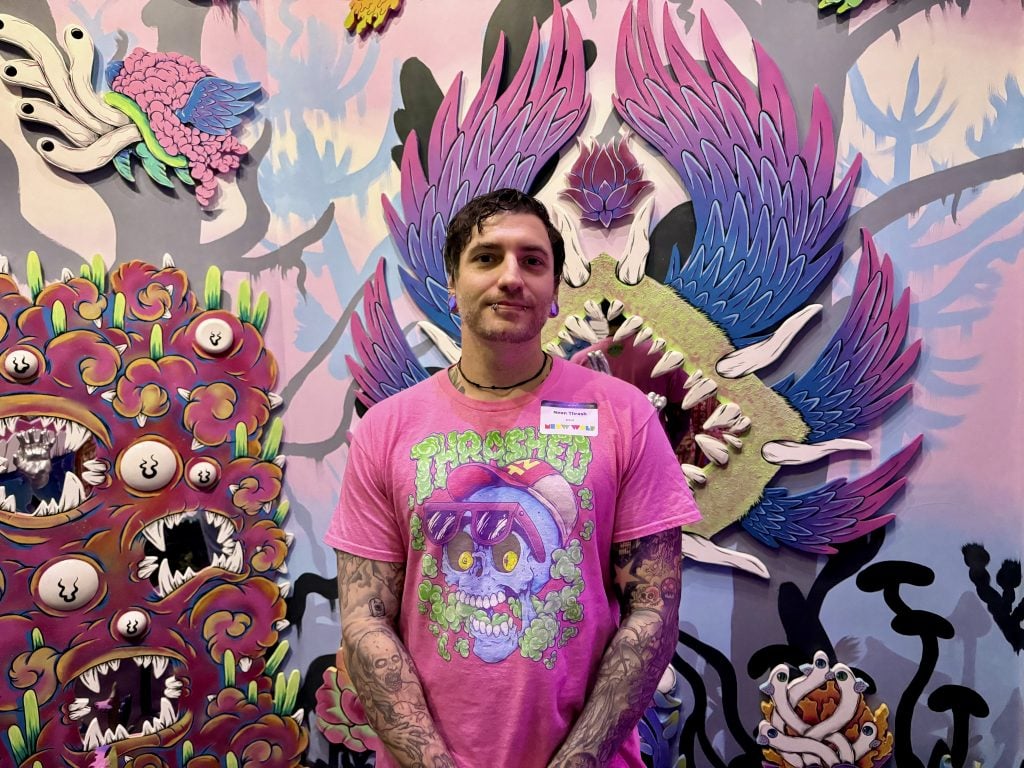
Houston artist Brian Dibala, known as Neon Thrash, with his Meow Wolf Radio Tave installation. Photo by Sarah Cascone.
In addition to the local talent, Meow Wolf has some 50 full-time artist employees, known as the Art Team Task Force, led by manager Laura Davidson. In Houston, they worked together to bring the entire exhibition together, and to create the “Amalgam” space, a soaring two-story tunnel of, well, amalgamated odds and ends, made from found materials.
Meow Wolf has come a long way from its art collective beginnings, turning piles of trash and discarded materials into fantastic installations in Santa Fe warehouses. But while the resources have grown and production values and technological capabilities have improved, staff members maintain that a wild creativity still fuels the project.
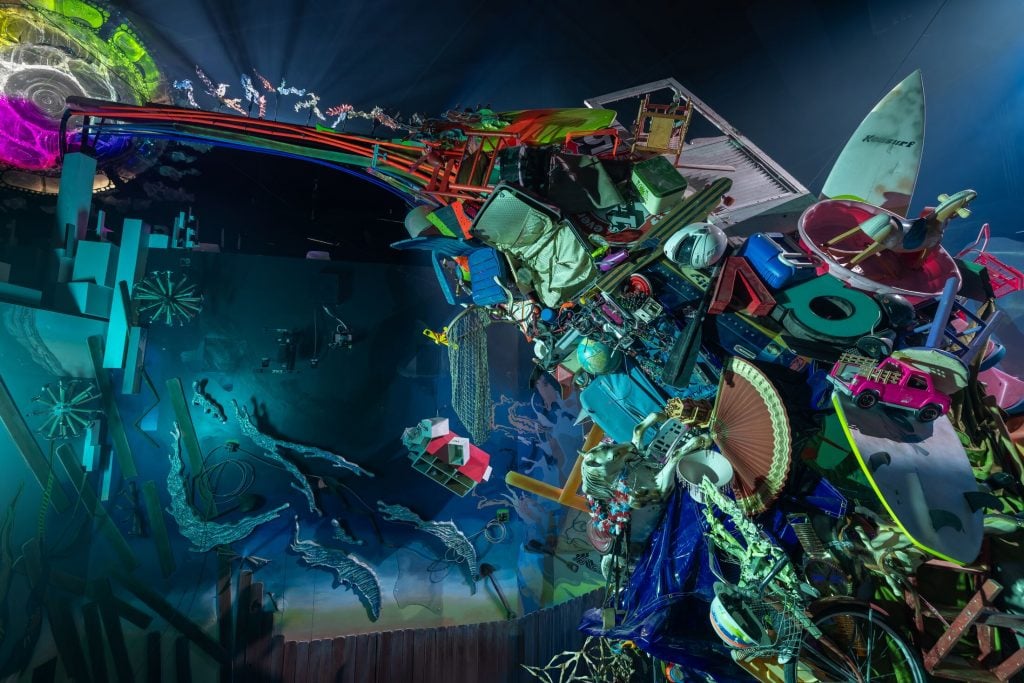
The Art Team Task Force built the Amalgam at Meow Wolf Radio Tave. Photo by Tarick Foteh, courtesy of Meow Wolf.
“A lot of that same spirit of dumpster-diving and working together to see where things go was a big part of this room,” Davidson said. “The majority of the people on the art team task force were members of the collective before Meow Wolf was a company.”
Meow Wolf’s Radio Tave will open at 2103 Lyons Avenue, Houston, Texas, October 31, 2024.
[ad_2]
Source link
